Level Up Your Simulations: A 1440p PC Build for Flight Simulator and KSP2 Ready to soar through the skies of Microsoft Flight Simulator or launch into the depths of space with Kerbal Space Program 2?
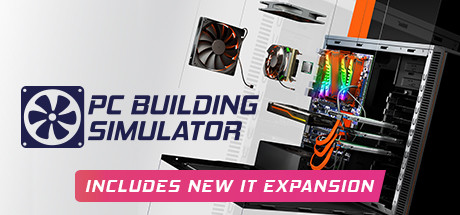
Ready to soar through the skies of Microsoft Flight Simulator or launch into the depths of space with Kerbal Space Program 2? As a seasoned PC builder, I know firsthand that the right hardware can make or break the immersion. Forget choppy frame rates and stuttering textures. This guide will walk you through a meticulously crafted PC build designed to deliver a smooth, visually stunning 60+ FPS experience at 1440p on high settings. This isn't just about slapping together some parts; it's about creating a balanced, cost-effective system optimized for the unique demands of simulation games. Let's dive in!
Purpose-Built for Immersive Simulation
This build is laser-focused on providing a fluid and visually rich experience in demanding simulation titles like Microsoft Flight Simulator and Kerbal Space Program 2. We’re aiming for a solid 60+ FPS at 1440p on high settings, meaning you can enjoy the intricate details of the virtual world without sacrificing performance. Simulation games, with their complex physics and expansive environments, require a delicate balance of CPU and GPU power, alongside plenty of fast memory. This build strikes that balance perfectly.
Core Components: The Heart of the Machine
Let's break down the key components that make this simulation powerhouse tick.
CPU: AMD Ryzen 7 7700X
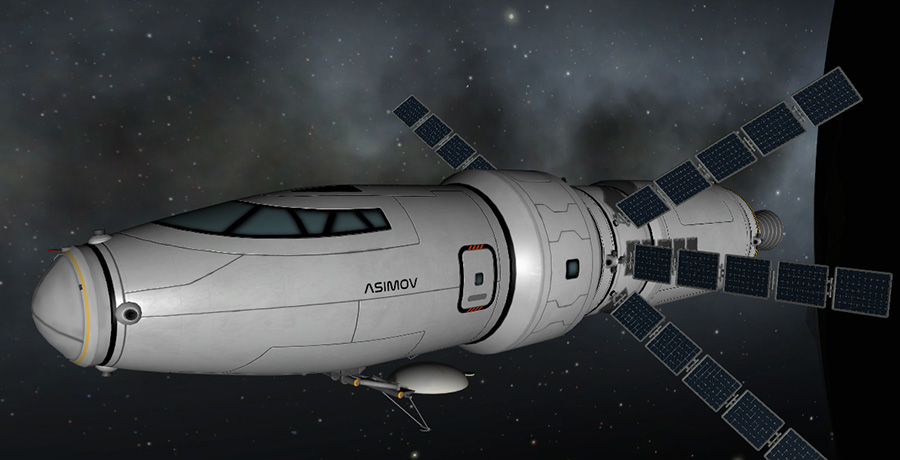
Simulation games thrive on multi-core performance, and the AMD Ryzen 7 7700X delivers in spades. Its eight cores and sixteen threads provide the muscle needed to handle the complex calculations and AI processes inherent in these titles. While newer CPUs exist, the 7700X hits a sweet spot in price-to-performance for this type of workload.
GPU: NVIDIA GeForce RTX 4070 SUPER
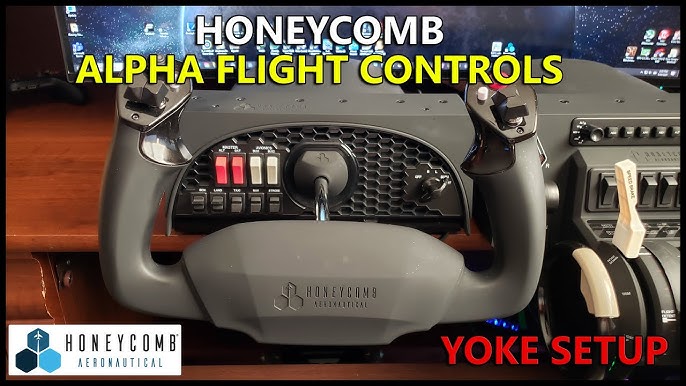
The NVIDIA GeForce RTX 4070 SUPER is the linchpin of this build. It offers excellent 1440p performance and, crucially, supports DLSS Frame Generation. In Microsoft Flight Simulator, DLSS Frame Generation can significantly boost FPS without a major hit to visual quality. The RTX 4070 SUPER strikes a good balance between performance, availability, and price, making it an ideal choice for this build.
RAM: 32GB (2x16GB) Corsair Vengeance RGB Pro SL DDR5-6000 CL30
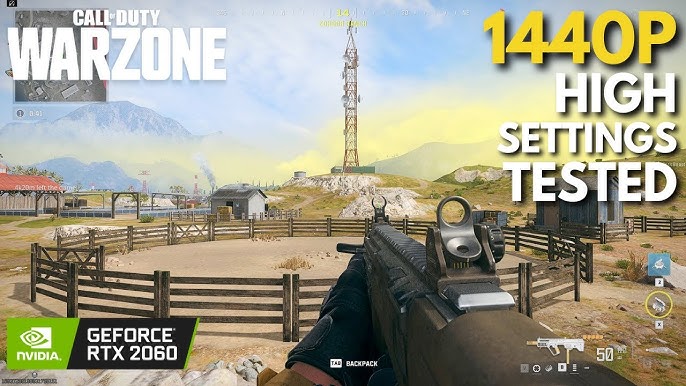
Simulation games are memory hogs, especially when dealing with detailed scenery or complex mods. 32GB of DDR5 RAM is essential for smooth performance. We recommend the Corsair Vengeance RGB Pro SL DDR5-6000 CL30 for its speed, reliability, and, of course, the added aesthetic appeal. The lower CL30 latency is important for maximizing performance.
Motherboard: ASUS ROG Strix B650E-F Gaming WiFi
A solid motherboard is crucial for stability and future upgrades. The ASUS ROG Strix B650E-F Gaming WiFi offers excellent VRM (Voltage Regulator Module) quality for stable power delivery to the CPU, supports high-speed DDR5 memory, and includes built-in WiFi for convenience.
Storage: 2TB Samsung 980 Pro NVMe PCIe Gen4 SSD
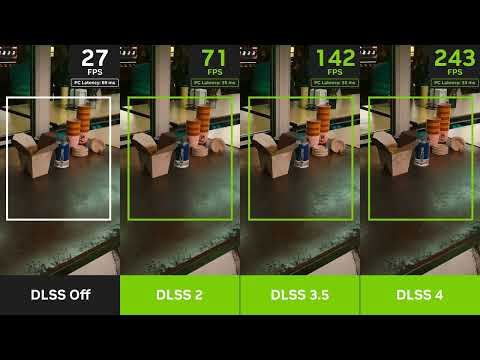
Say goodbye to long loading times! A 2TB NVMe PCIe Gen4 SSD is a must-have for modern gaming. The Samsung 980 Pro offers blazing-fast read and write speeds, significantly reducing loading times in games and improving overall system responsiveness.
PSU: Corsair RM850x (850W) 80+ Gold

A reliable power supply is non-negotiable. The Corsair RM850x (850W) 80+ Gold provides ample power for all components, with plenty of headroom for future upgrades, such as a more powerful GPU. Its 80+ Gold certification ensures efficient power delivery and reduces heat output.
Case: Corsair iCUE 4000X RGB
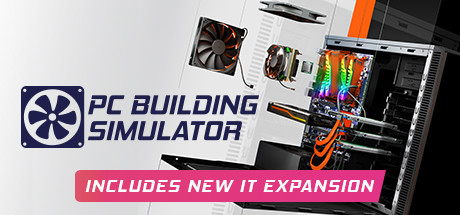
The Corsair iCUE 4000X RGB isn't just a pretty face. It offers excellent airflow to keep your components cool, plenty of space for easy building, and a futuristic RGB aesthetic that will make your setup the envy of your friends.
Optional Add-ons: Elevating the Experience
These additions aren't strictly necessary, but they can significantly enhance your simulation gaming experience.
CPU Cooling: Corsair iCUE H150i Elite LCD

While the Ryzen 7 7700X isn't a particularly hot CPU, a high-end cooler like the Corsair iCUE H150i Elite LCD will keep it running cool and quiet, even under heavy load. The 360mm AIO liquid cooler also adds a stunning visual element to your build with its customizable LCD screen and vibrant RGB lighting.
Peripherals: HOTAS and Flight Stick

For Microsoft Flight Simulator, a HOTAS (Hands On Throttle-And-Stick) setup is a game-changer. The Thrustmaster TCA Sidestick Airbus Edition offers precise control and authentic Airbus-style ergonomics. For a more traditional flying experience, the Honeycomb Aeronautical Alpha Yoke provides realistic yoke control and a variety of switches and buttons. These peripherals dramatically increase immersion and control in Flight Simulator.
Monitor: LG 27GP850-B 27-inch 1440p 144Hz
A high-quality monitor is essential for enjoying the visual fidelity of simulation games. The LG 27GP850-B offers a crisp 1440p resolution, a smooth 144Hz refresh rate, and a low response time for minimal motion blur.
Accessories: Corsair iCUE LS100 Smart Lighting Strips
To complete the futuristic aesthetic, consider adding RGB LED strips like the Corsair iCUE LS100 Smart Lighting Strips. These strips can be synced with the rest of your iCUE ecosystem for a cohesive and immersive lighting experience.
Performance Expectations: Soaring to New Heights
With this build, you can expect a smooth and enjoyable experience in both Microsoft Flight Simulator and Kerbal Space Program 2 at 1440p on high settings.
Microsoft Flight Simulator: With DLSS Frame Generation enabled, you should consistently achieve 60+ FPS in most scenarios. Without DLSS, expect frame rates in the 45-60 FPS range, depending on the complexity of the scenery and weather.
- Optimized Settings: Set overall graphics to "High-End" preset. Adjust Terrain Level of Detail and Object Level of Detail to around 150-200. Enable DLSS Frame Generation (if available) or DLSS Super Resolution on "Quality" mode.
Kerbal Space Program 2: Achieving a stable 60+ FPS on high settings should be easily achievable, even with moderately complex spacecraft.
- Optimized Settings: Set overall graphics to "High" preset. Reduce shadow quality slightly if needed. Experiment with particle effects settings to find a balance between visual quality and performance.

Cost/Value Analysis: Bang for Your Buck
This build offers excellent value for simulation gaming at 1440p. The Ryzen 7 7700X and RTX 4070 SUPER provide a potent combination of CPU and GPU power without breaking the bank. While the total cost will vary depending on current market prices, this build typically falls within the $1800-$2200 range.
If your budget allows, consider upgrading to an RTX 4070 Ti SUPER for even higher performance, especially in Microsoft Flight Simulator without DLSS Frame Generation.
Tips and Tricks: Building Like a Pro
- Upgrade Path: The most logical upgrade path for this build is the GPU. In the future, upgrading to a higher-end NVIDIA or AMD graphics card will provide the most significant performance boost.
- Compatibility: Ensure all components are compatible before purchasing. Use PCPartPicker.com to check for compatibility issues and estimate power consumption.
- Common Pitfalls:
- Insufficient Cooling: Don't skimp on cooling, especially if you plan to overclock.
- Poor Cable Management: Take the time to route cables neatly for better airflow and a cleaner look.
- Forgetting the OS: Don't forget to factor in the cost of a Windows license.
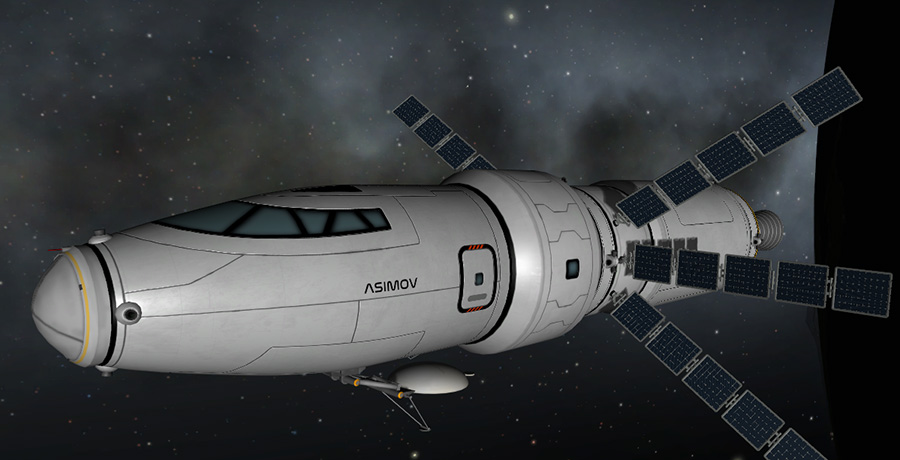
Final Thoughts: Your Journey Starts Here
This PC build provides a solid foundation for enjoying Microsoft Flight Simulator, Kerbal Space Program 2, and other demanding simulation games at 1440p on high settings. By carefully selecting components and optimizing in-game settings, you can achieve a smooth, immersive, and visually stunning gaming experience. So, buckle up, Commander, and get ready to take your simulation gaming to new heights!